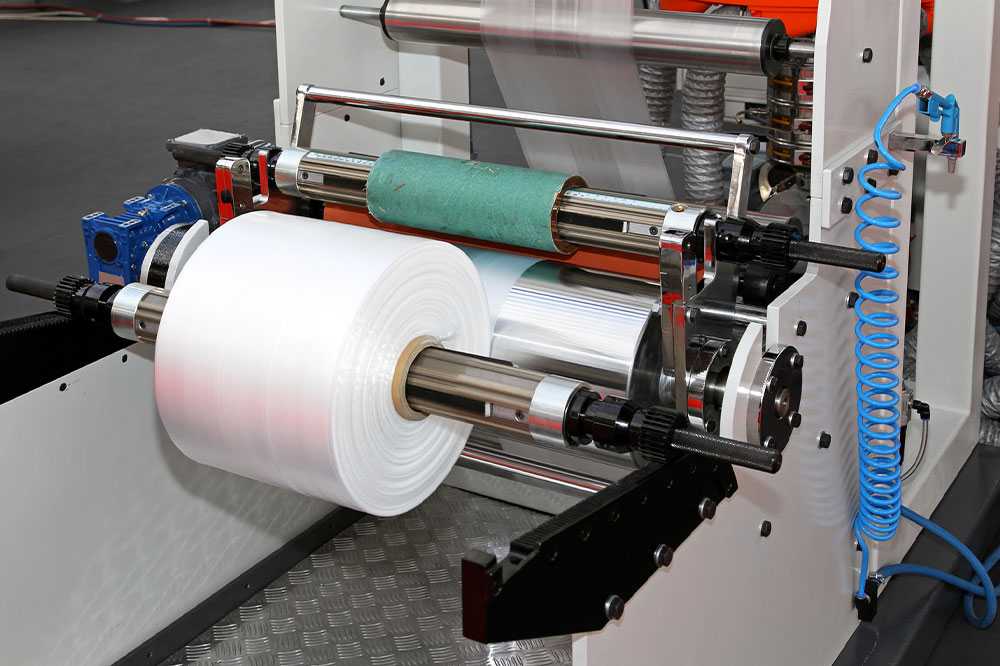Common plastics and polymers produced by industries
Do you think of plastic as one kind of material? But actually, the fact is that there are multiple types of plastics. Each type of plastic is used for various applications as per its qualities, such as flexibility or strength. This categorization ensures that the product performs the job as it is supposed to.

Types of plastics and polymers
Plastics are a group of synthetic materials that may be softened to give shape and then hardened to retain that shape. As mentioned earlier, plastics are also polymers, and the latter are substances of many repeating units owing to the addition of layers. Here are some common types of plastics and polymers produced by the chemical industry:
Polyethylene Terephthalate (PETE or PET)
PET is strong, light, and usually transparent and is commonly used in food packaging and fabrics (polyester). Examples of PET are beverage bottles, food bottles, jars such as peanut butter, etc., and polyester clothing or rope. Sometimes a product is labeled with rPET, which means that it contains a certain amount of material known as recycled PET.
High-Density Polyethylene (HDPE)
Polyethylene is a common option in the plastics and polymers category, available in three forms Low Density, High Density, and Linear Low Density.
- High-Density Polyethylene
This material is sturdy, robust, and resistant to chemicals and moisture, making it suitable for cartons, pipes, containers, and other building materials. Examples of HDPE are milk cartons, toys, detergent bottles, buckets, park benches, and strong pipes. Also, many beverage cartons, such as boxed water, are crafted with an HDPE liner to enhance their efficiency and effectiveness. - Low-Density Polyethylene (LDPE)
LDPE is the softer, more flexible, and cleaner form of HDPE, and it comes with its strengths and qualities. It is usually used as a liner in beverage cartons, corrosion-resistant work surfaces, and other products or items. Examples of LDPE are bread and sandwich bags, garbage bags, bubble wrap, beverage cups, grocery bags, and plastic/cling wrap. - Linear Low-Density Polyethylene (LLDPE)
LLDPE is one of the most puncture and tear-resistant plastics and polymers and works well against chemical solvents. It is suitable for manufacturing toys, cable coverings, pouches, and other high-intensity uses and applications.
Polyvinyl Chloride (PVC or Vinyl)
It is ideal for building and construction uses and applications as it is a hard and sturdy plastic resistant to weather conditions and chemicals. The other fact associated with PVC is that it does not conduct electricity, which makes it ideal for cables and wires. It is also used in healthcare applications as it is impervious to germs and can be easily cleaned. However, it should be noted that PVC is known to leach dangerous toxins, making it the most hazardous plastic to human health. Examples of PVC are credit cards, plumbing pipes, teething rings, rain gutters, etc.
Polypropylene (PP)
Polypropylene is another durable option when it comes to plastics and polymers. It is more heat resistant than other plastics , which makes it suitable for food storage and packaging. Examples are bottle caps, straws, packaging tape, hot food containers, prescription bottles, disposable diapers, etc.
Polystyrene (PS)
It is also called Styrofoam, and this plastic is not very expensive and insulates to a good extent. Its capabilities and traits make it suitable in the industries such as packaging, food, and construction. Examples of PS are cups, egg cartons, cutlery, product packaging, building insulation, and many others. Similar to PVC, this plastic is also hazardous to human health.
Polylactic Acid (PLA)
PLA is a biodegradable option among plastics and polymers used to manufacture cups, utensils, and takeaway storage containers. It is also used for sensitive healthcare applications such as screws, implants, and rods because of its biodegradability trait. This plastic is used in at-home 3D printing applications. These forms of plastic make a remarkable impact on our lives, and they are all unique and different.
Others
This category includes plastics that do not fall in the abovementioned categories. Some plastics of this type are used in sports bottles, eyeglasses, lighting fixtures, and electronics, making them ideal for commercial applications.
Plastics and polymers are complex materials produced and distributed for a variety of purposes. You should understand all the complexities, health hazards, pros and cons of these materials, and properties for better usage. Another factor to consider when it comes to plastics and polymers is recycling. Not disposing of these materials in the right manner can have potentially irreversible ramifications.











